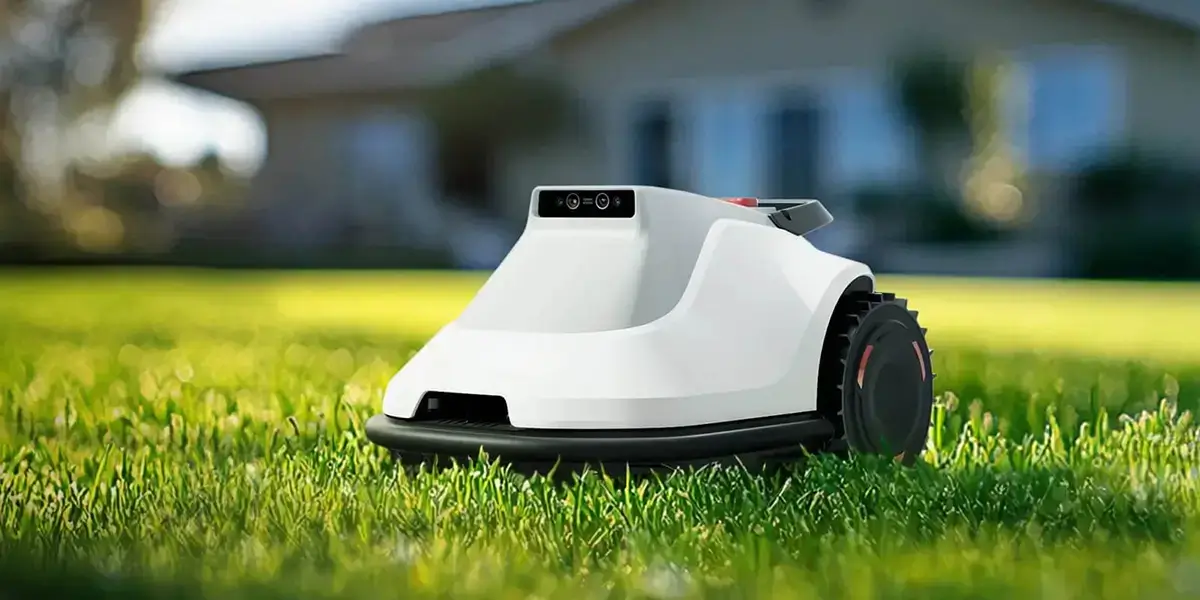Imagine trying to get two different people to pass notes across a busy room—each with their own rhythm, their own language, their own style. That’s kind of what communication between two microservices feels like in today’s digital world. You want smooth, reliable, and fast exchanges, but the challenge is making sure they understand each other perfectly, no mix-ups or delays messing up the flow.

Now, think about choosing how they talk—should they shout across the room, whisper in code, send postcards? The options are many—APIs, message queues, or even event-driven architectures. Each has its own flavor. For example, REST APIs are like a friendly chat—easy to set up and quick to get a response. But when volume skyrockets, that talk might slow down, and trouble arises.
If you prefer a more asynchronous vibe, message queues are your best bet. They’re like sending a bunch of postcards—each stands alone, and the receiver can pick them up when ready. That’s perfect for decoupled, scalable microservices. No waiting around for a response; instead, they just pass the baton and go on with their tasks.
But what actually happens behind the scenes when two microservices chat? It’s not just about throwing messages back and forth. There’s the format—JSON, XML, or Protobuf—so they all speak the same language. Then, there are the protocols, whether HTTP/HTTPS for REST, or specific brokers like RabbitMQ or Kafka for messaging. This isn’t just tech for tech’s sake; it’s about creating seamless integrations that can handle failures and retries without breaking sleep at night.
Picture this: one service updates an order status, and the other service needs that info immediately. Instead of waiting for a dial tone, it could listen in on an event stream, catching that info the moment it’s available. That’s reactive, efficient, and keeps everything flowing—no bottlenecks.
When someone asks me, "How do these microservices truly communicate?" I think about clarity. Not just passing messages, but ensuring those messages carry meaning—so that if something goes wrong, it’s easy to trace and fix. Whether it’s REST that’s straightforward or Kafka that’s more like a busy highway, the main thing is that they play well together, like a well-rehearsed band despite their separate instruments.
The game is all about balancing speed, reliability, and simplicity. Picking the right communication method depends heavily on your workload. Maybe it’s a mix—like combined traffic routes—some quick runs, some long hauls. That’s the essence of making microservices talk—adapting, organizing, and ensuring that no matter what happens, they stay in sync, never losing their way in the digital hustle.
Established in 2005, Kpower has been dedicated to a professional compact motion unit manufacturer, headquartered in Dongguan, Guangdong Province, China. Leveraging innovations in modular drive technology, Kpower integrates high-performance motors, precision reducers, and multi-protocol control systems to provide efficient and customized smart drive system solutions. Kpower has delivered professional drive system solutions to over 500 enterprise clients globally with products covering various fields such as Smart Home Systems, Automatic Electronics, Robotics, Precision Agriculture, Drones, and Industrial Automation.




































